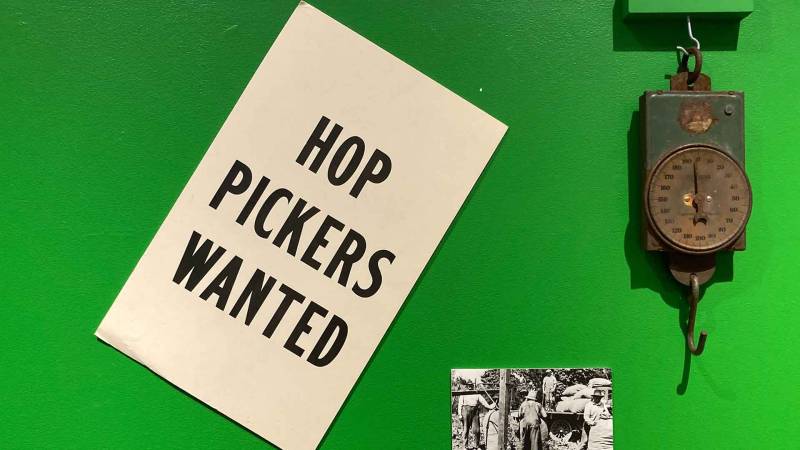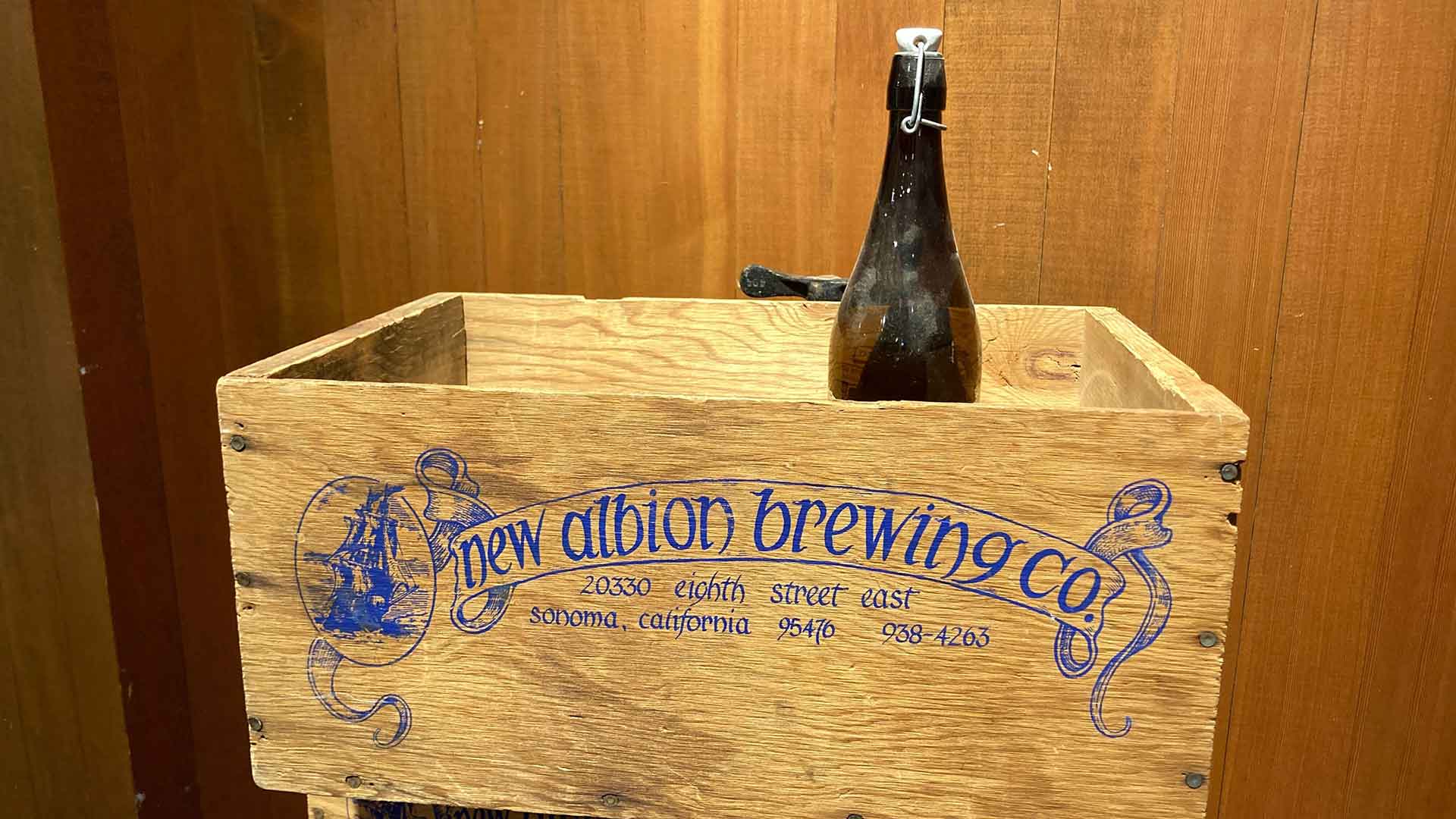Ask any random old-timer in Sonoma County about their summer job as a teenager, and it’s not likely to have been working as a lifeguard at Ridgeway Pool or driving the train at Howarth Park.
Many locals of a certain age will tell you they picked hops.
These days, wine grapes are Sonoma County’s dominant, near-monoculture crop. But for many years in the early- to mid-20th century, the region’s most popular crop was hops: those funny-looking pinecone-shaped buds used in making beer.
On Tap: Sonoma County Hops and the Beer Revolution, a new exhibition at the Museum of Sonoma County, chronicles the rise, fall and recent renaissance of hop growing in the county. It also documents the breweries, both fledgling and nationally known, that loom large in Sonoma County’s beermaking history.

The exhibition includes scenes of early hop picking, done mainly by poor families, Chinese immigrants, Indigenous people and young students. It covers these underpaid workers’ 1935 hop strike, and the infamous tarring and feathering of two labor organizers that resulted.



